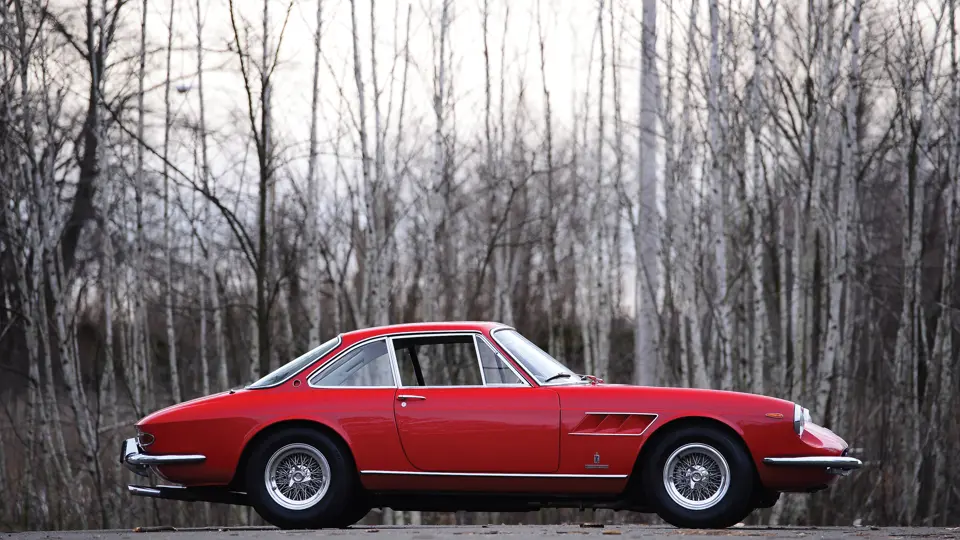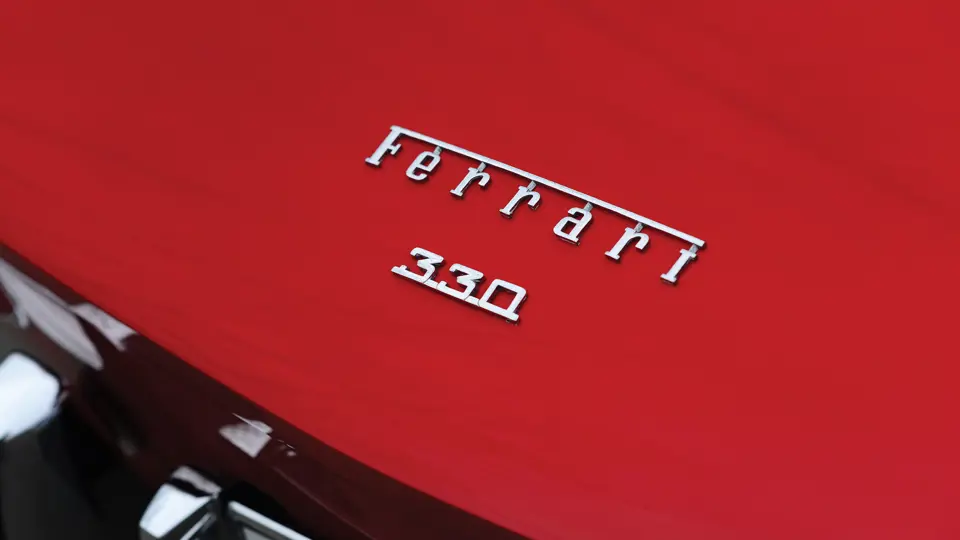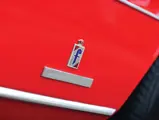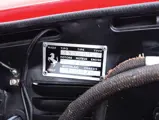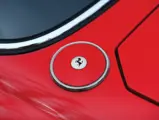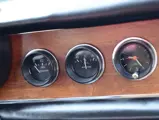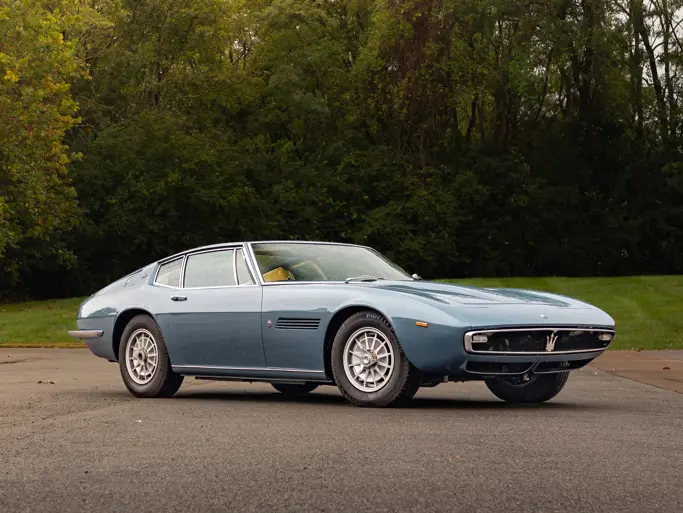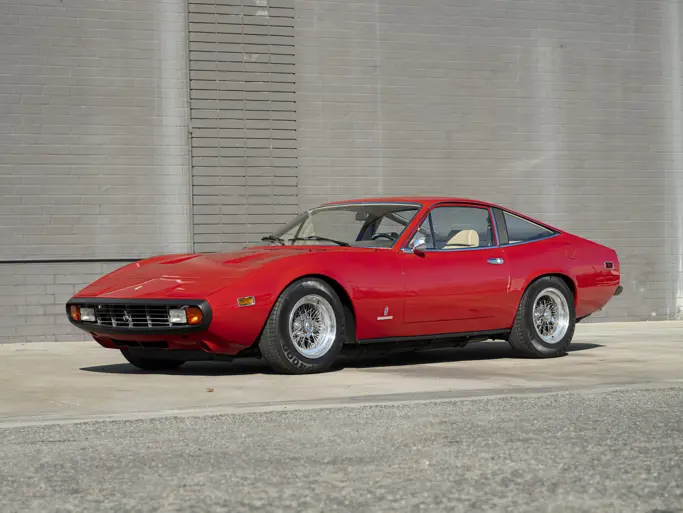300 bhp, 3,967 cc SOHC light alloy V-12 engine with triple Weber DFI twin choke carburetors, five-speed rear transaxle, four-wheel independent A-arm suspension, and four-wheel disc brakes with servo assist. Wheelbase: 94.4 in.
For many years, if there was a sixties Ferrari that only Ferrari people knew about, the 330 GTC was it. Maybe it was the 330 name—association with the 2+2 330 GT might make one think this was one of Ferrari’s softer-edged, long-range GTs. Or, perhaps, it was the looks of a 330 GTC that confused people. They bear a resemblance to the 330 GT then in production, but the GTC is on a 10-inch shorter wheelbase and has the brakes, steering, rear transaxle, and fully independent suspension of a 275. Once one knows the models, it becomes obvious how Pininfarina’s design differentiates the GTC from the 2+2 GT. In fact, despite the familiar name, it would be more appropriate to consider it a descendant of the 275 GTB, rather than the other 330.
The tidy tail clearly has something in common with the 275 GTS, which immediately preceded it in the lineup, while the front end shares a grille and treatment with the 400 and 500 Superfast. As a 1967 model, the GTC also benefits from the single headlamp styling of the Series II 330 line. An interior new for the GTC is sumptuous in the way that Ferrari seems to have mastered—one touches only leather, metal, or the Nardi wood wheel. There is no back seat, occasional or otherwise. Instead, 330 GTC owners have luggage space not for a weekend, but for a week. The seats are comfortably padded and adjustable, and further improvements from the 1966 restyling are evident in the interior as well, such as rocker switches in an extended console, a much more livable touch.
From the beginning, discerning drivers recognized that Ferrari had successfully cherry-picked the best elements of several road cars. If the 275 had a weakness, it was the open driveshaft, so the GTC has a torque tube design that addresses that potential area of trouble. The 330 GT’s four-liter, Columbo-designed, 300 horsepower Type 209/66 V-12 is the same as used in the GTC. If one considers that 0–60 times in the mid six-second range are still sporting today, then the pure speed of this model almost 50 years later abruptly comes into focus. Top speed is an honest 150 mph, which will have the needle horizontal on the 300 km/h Veglia speedometer. Thee 300 peak horsepower comes at the indicated redline of 6,600, when the engine is singing its Maranello song.
There is a mystique associated with the short wheelbase Ferraris for a reason. These street cars are edgier, closer to their racing cousins than the pure GT models. With a completely different rear suspension, there is little comparison between a 330 GTC and 330 GT in driving. In this car, one sits almost over the rear axle, making it natural to steer with the rear end. There is less discernible body lean, and the car’s center of gravity is lower as well. It can be a thoroughly sporting experience in the Ferrari tradition, but when driven at a slower pace, it is perfectly suitable for extended journeys in comfort. A very stiff tubular chassis pays dividends in that regard: where an English car might be hard sprung to accommodate chassis flex, the GTC can have more compliant suspension and thus superior ride quality. Steering is by worm and roller steering and can be heavy and slow in parking. At speed when it counts, though, it becomes immaculately accurate and perfectly light. Like all the great V-12 Ferraris, a 330 GTC seems to come ever more alive the harder its driven, communicating everything a driver needs to know, and nothing one does not.
Borrani wire wheels, as optionally equipped here, are perhaps the ultimate accessory for a 330 GTC. A new, tan leather interior, a dashing change from a typical brown or black, is perfectly complemented by an elegant ribbed headliner in a contrasting light shade. Its recent burgundy paint shines deep and sets this car apart. More than a decade in the care of an owner/mechanic means the vital, regular maintenance upon which a V-12 Ferrari depends has not been neglected. Complete paperwork extends almost 20 years and records only three owners during that time, including a well-known collector. Receipts for work performed by one of America’s most highly-regarded sixties Ferrari shops are included, and the four-liter engine is original to this low-mileage car.
Recent sales have set new high-water marks for 330 GTCs, which, given the inherent strengths of the car, only seems fair. From the time it was introduced, the world’s most discerning drivers, names like Phil Hill and Paul Frère, recognized that this was not just a good Ferrari but a great one, striking a better balance between comfort, usability, and performance than any car they had built before. The passage of time has only strengthened those opinions: whether one owns many Ferraris or just one, the 330 GTC is likely to be the car that actually gets taken out and used. It may have taken some years, but the world is finally catching on to what many call the most driver-friendly Ferrari of its era.
Please note that since being photographed for the catalogue, the exterior color has been refinished from red to burgundy, and the black interior has been replaced with tan leather.

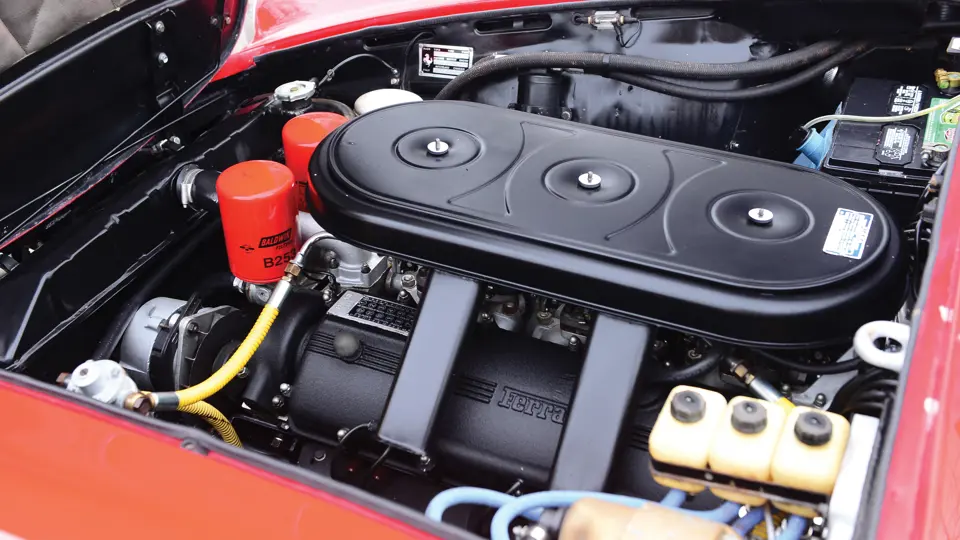



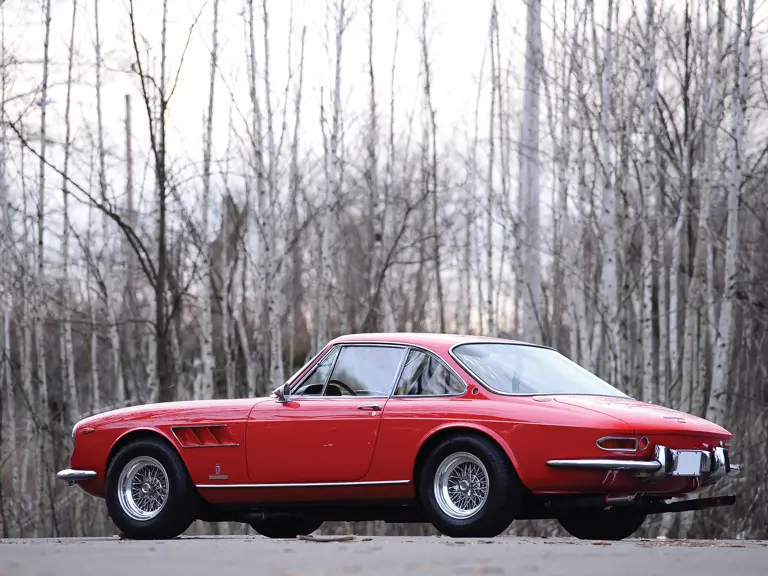
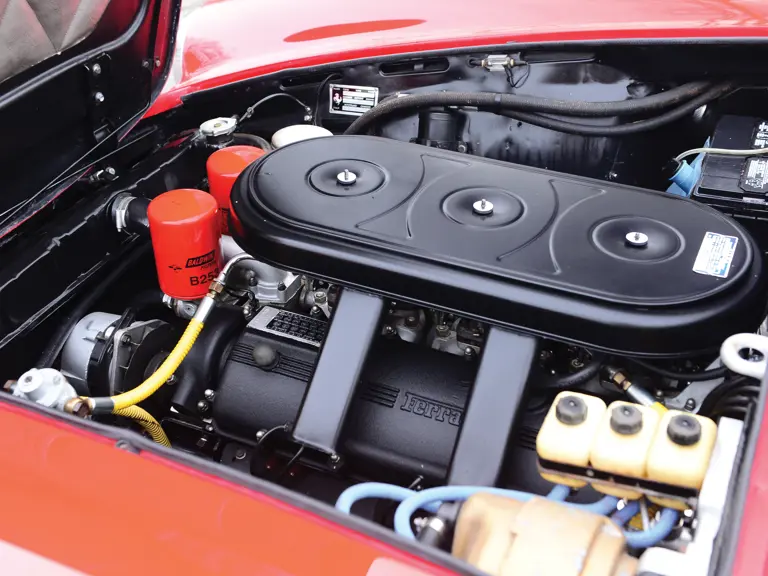

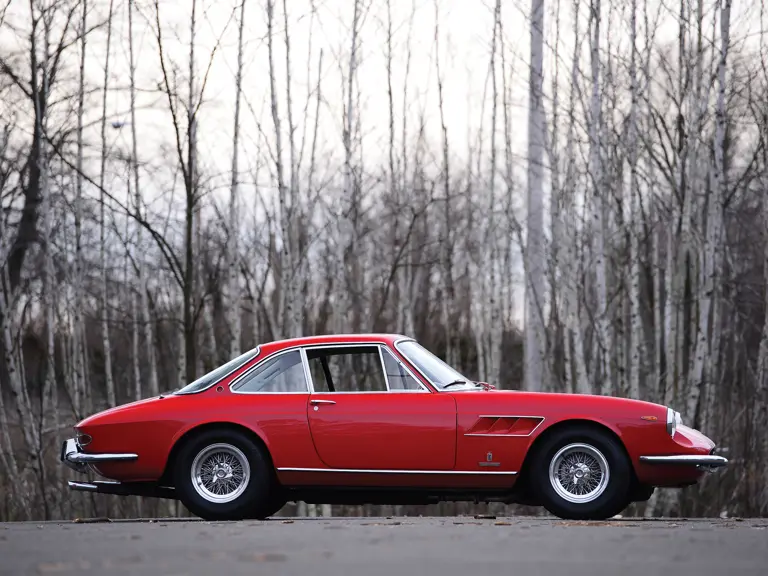
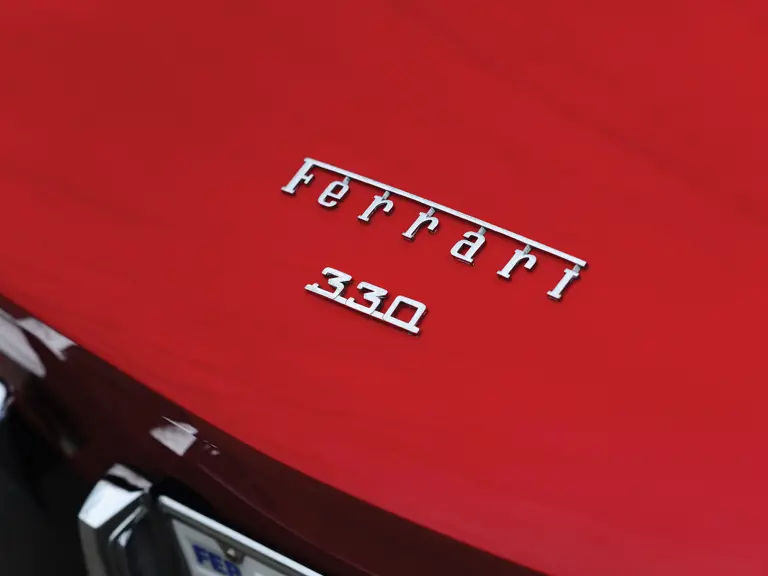
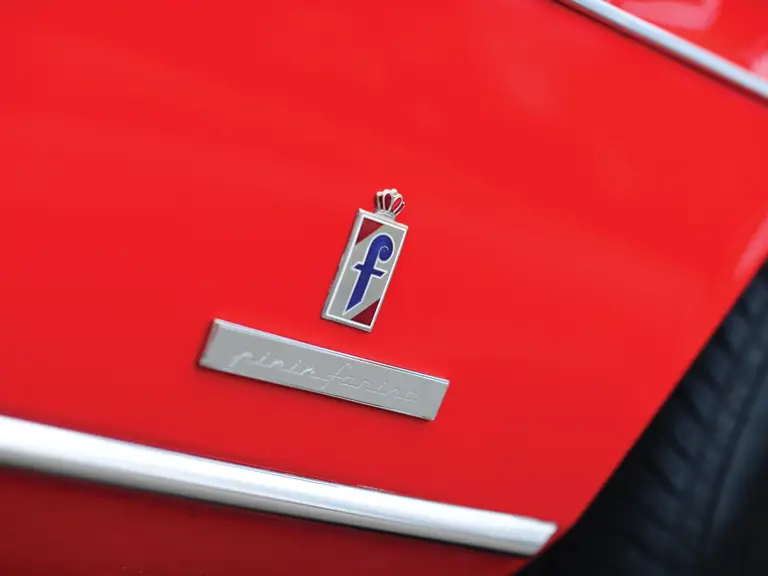
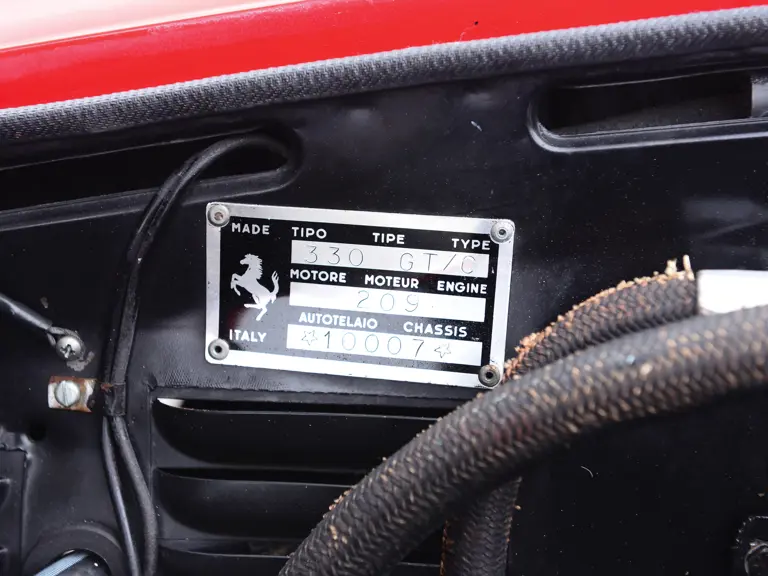
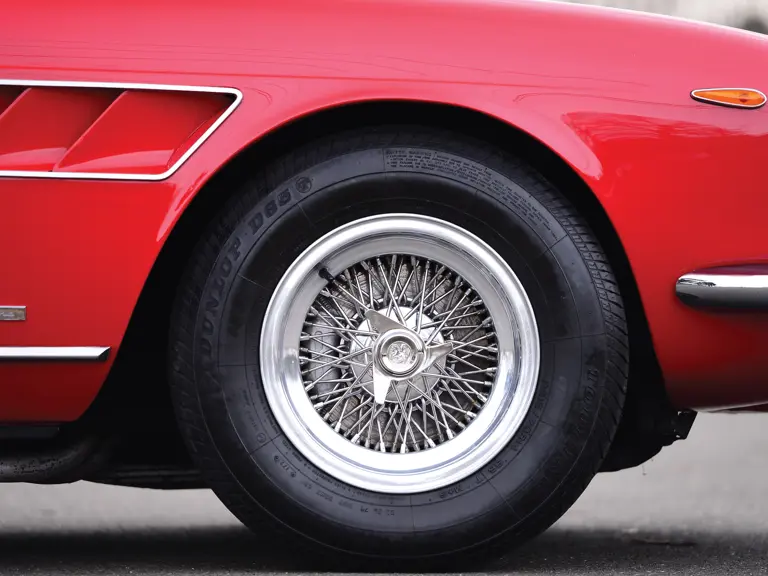
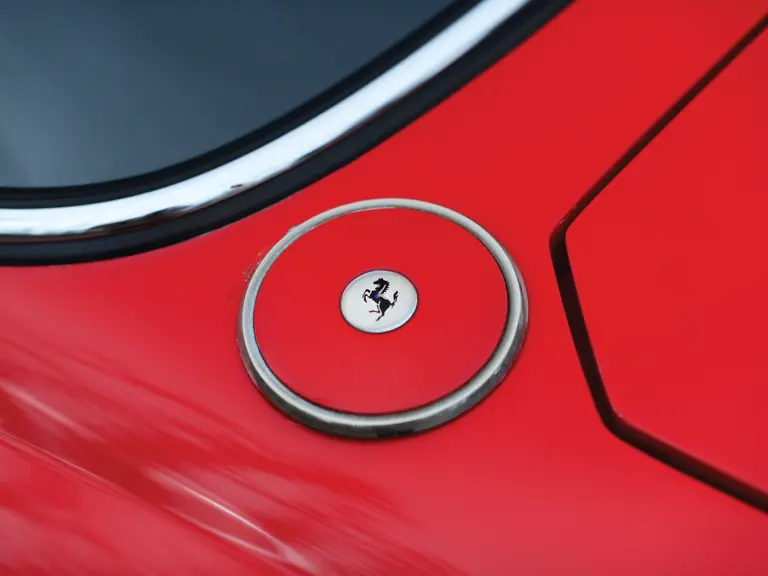

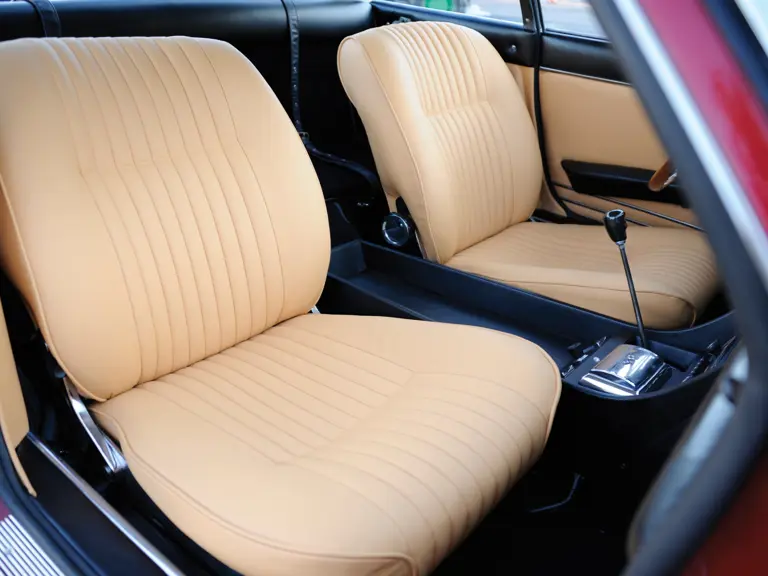

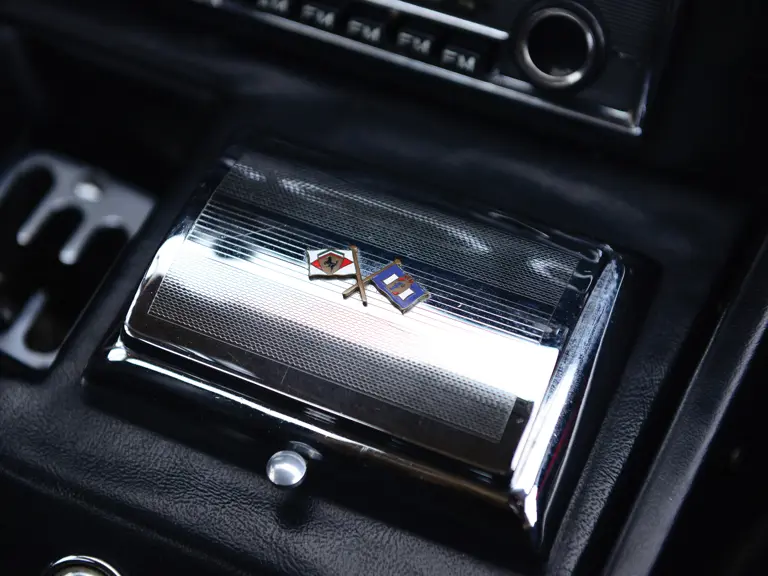

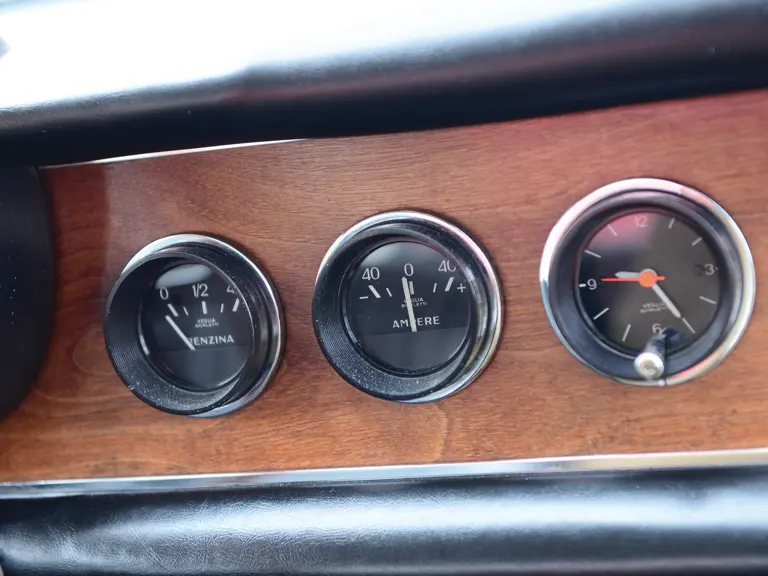


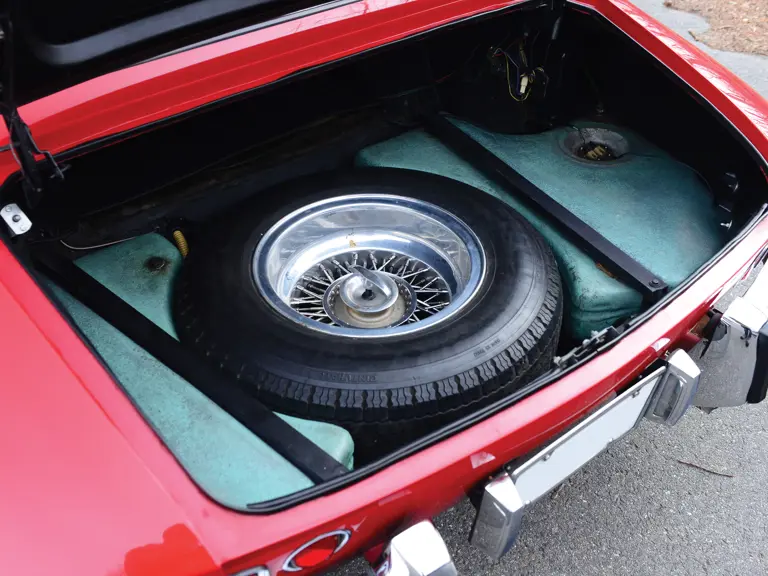
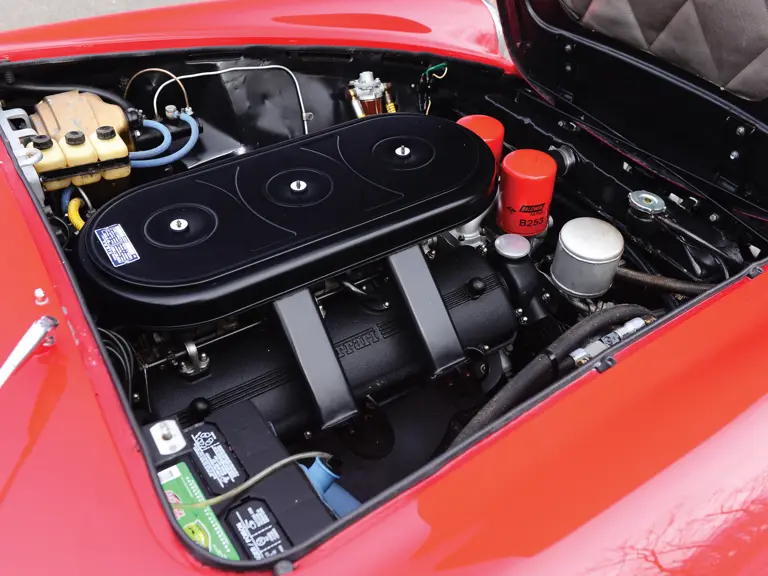
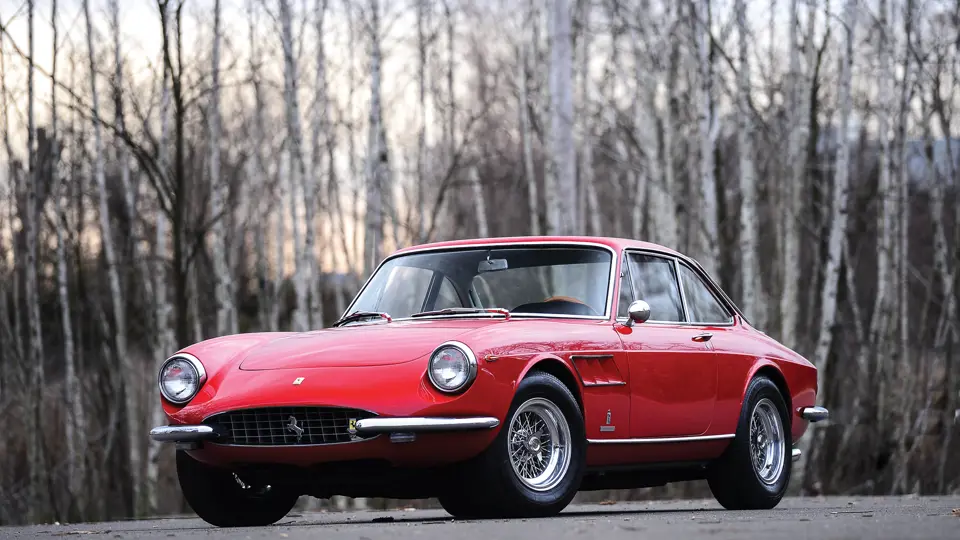
 | Amelia Island, Florida
| Amelia Island, Florida
